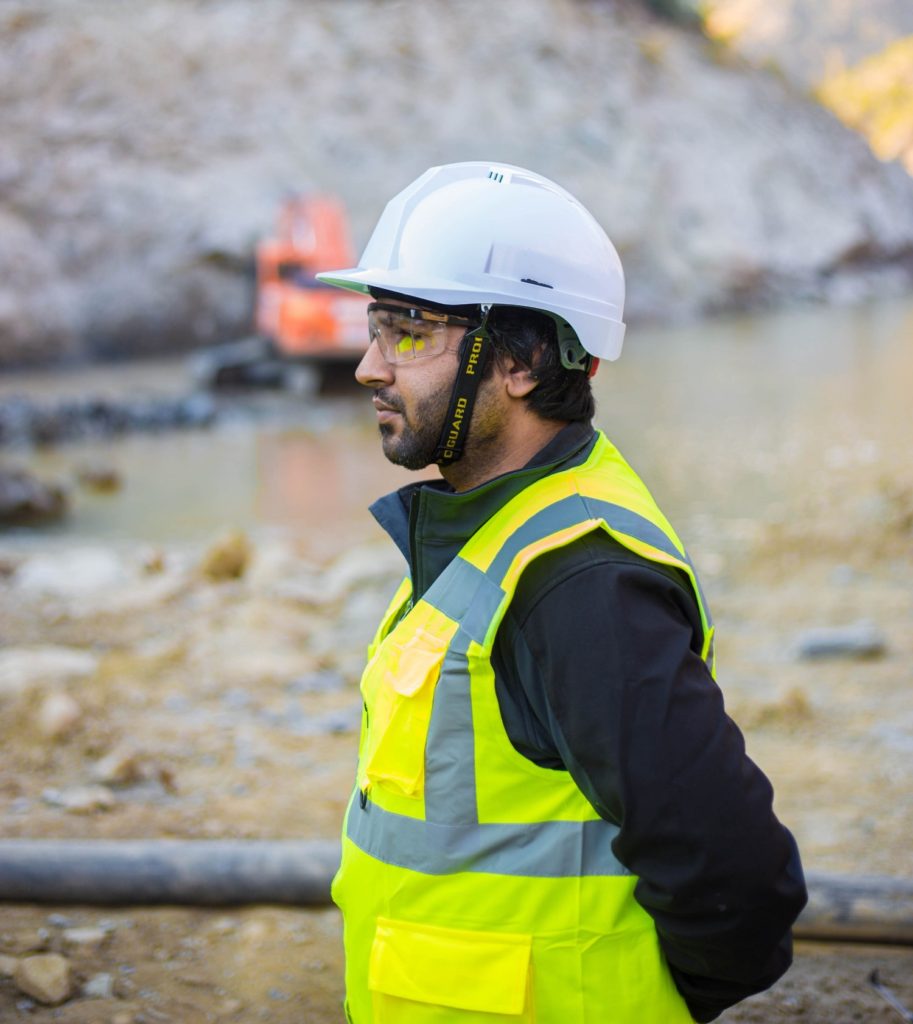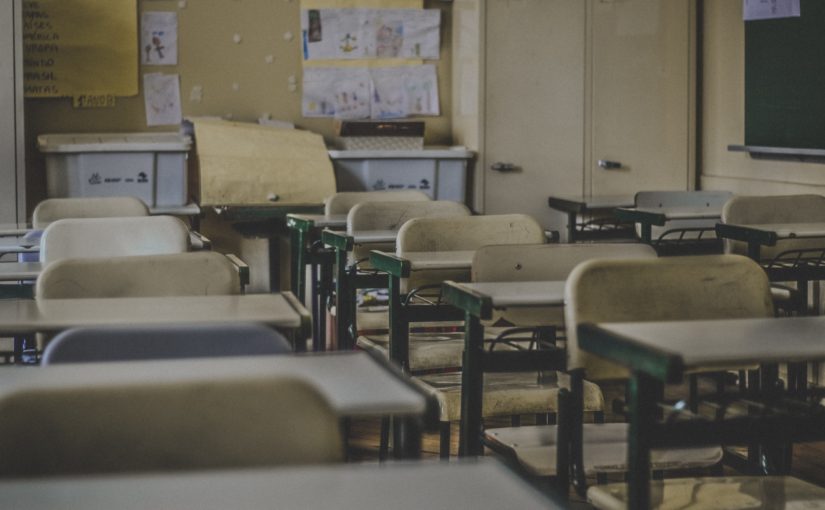Workplace Safety
Schools prepare students for the workforce. One area that schools could do more to prepare students is workplace safety, says US Standard Products, a leading provider of workplace products based out of New Jersey. Although schools do offer some form of general training on workplace safety, more could be done to give detailed training on what workplace safety means and includes. Such training would cover a cross-section of industries and workplace safety cultures. To contribute to this conversation, here are some tips that US Standard Products developed on what schools should teach students about workplace safety.
1. Workplace Safety Starts with You
Workplace safety is not your supervisor’s/boss’s responsibility — it starts with you. This lesson is crucial to helping those entering the workforce for the first time understand that safety is not only a set of rules but a culture that keeps everyone safe. By offering students this level of insight into what role they play in workplace safety, says US Standard, it becomes easier to assimilate them into the workforce, as they clearly understand their role in workplace safety.
2. Always Follow Protocol
Students are used to having rules they must abide by — and frequently breaking said rules results in serious repercussions. According to US Standard Products, workplace safety is different — when a protocol is broken at the workplace, accidents happen, and people can get seriously hurt.
Students must get this message loud and clear. US Standard Products states that although in school rules can be bent and even broken, workplace safety protocols must be followed to the letter. Having students understand this as they enter the workforce should help boost safety standard compliance from day one.
3. Hazards Differ from Workplace to Workplace
If you work on an oil rig, the hazards you face will be very different from those you face working on a farm or in a medical lab. According to US Standard Products, helping students understand the different hazards each workplace poses can help them appreciate the safety standards each workplace implements. For instance, working on an oil rig may require a higher level of safety standards than working in an office, but this does not change the fact that safety is important in both settings.
4. Reporting Safety Violators Is Not Snitching

In school, telling on someone is often considered snitching — and is usually frowned upon by peers. This culture can carry on into the workplace, with new workers believing they should not tell on others. However, in a workplace setting, telling on a safety procedure violator is not only the right thing to do, it is the only thing to do. By helping students understand this reality, it can help them transition from the school and student mentality into the workplace safety-first mentality.
5. The Right Way Is Better Than the Fast Way
When it comes to safety, right is better than fast. Although it may seem like taking a shortcut or cutting corners can help complete a task faster, safety always dictates that all procedures must be followed. For someone coming into the workforce, this may not be apparent. They may wonder why everyone is working so slowly, following mundane-seeming procedures. US Standard Products warns that unless such people understand the safety implications of following procedures, they may be tempted to skip a step, which could lead to an accident.
US Standard Product’s Final Thoughts
Teaching students about workplace safety may seem like putting the cart before the horse — after all, they will have to undergo training before they start working. Although this may be the case, there is still value in preparing students with the necessary skills, so when they enter the workforce ready to put safety first.

